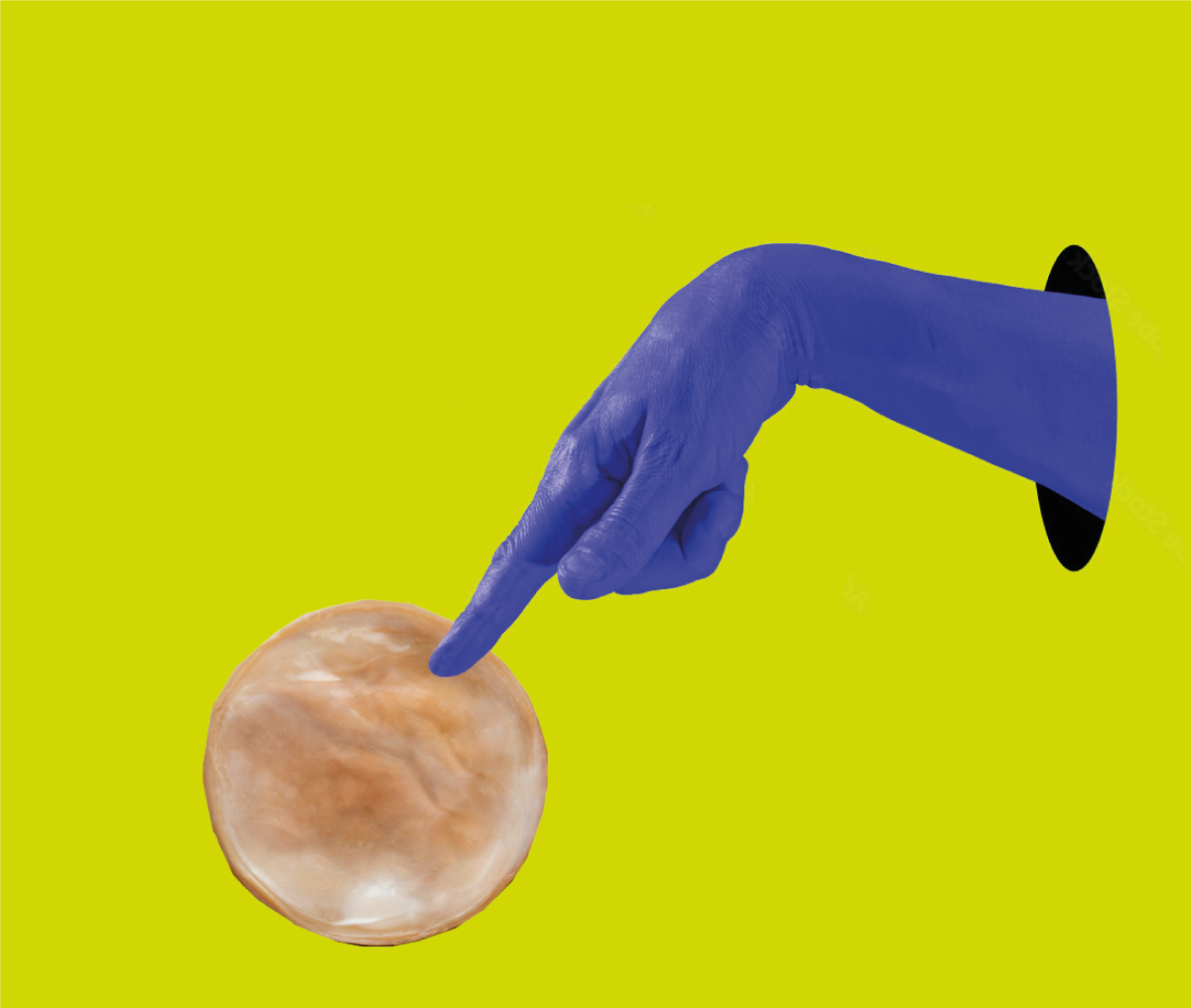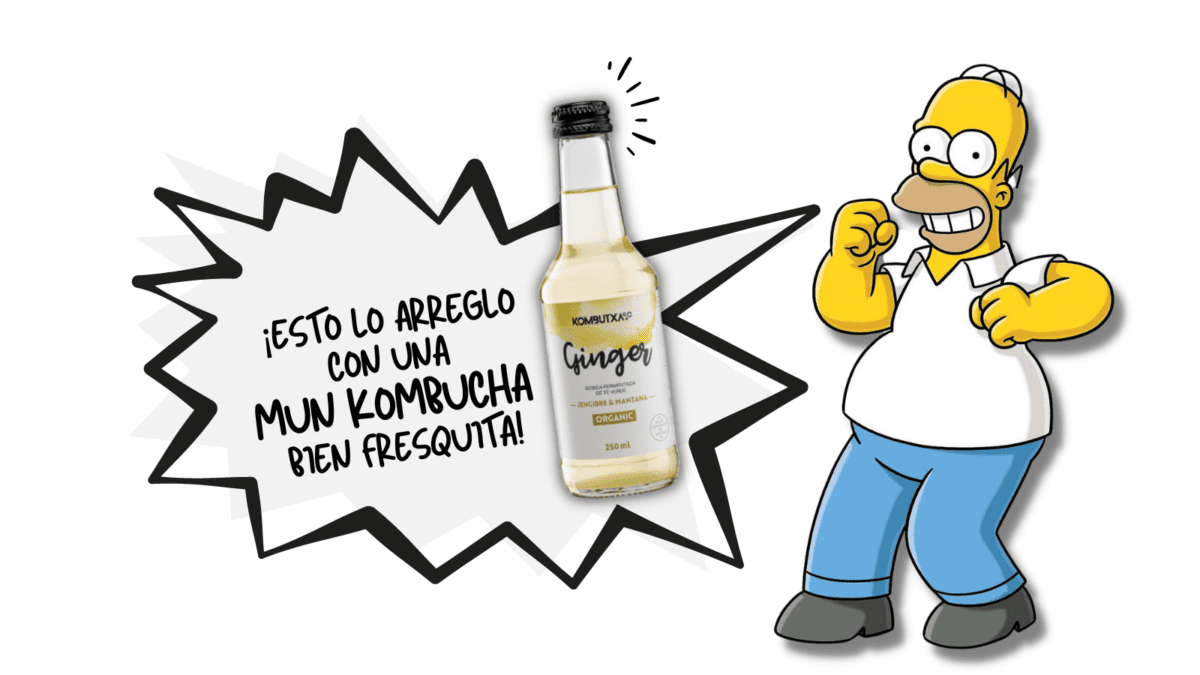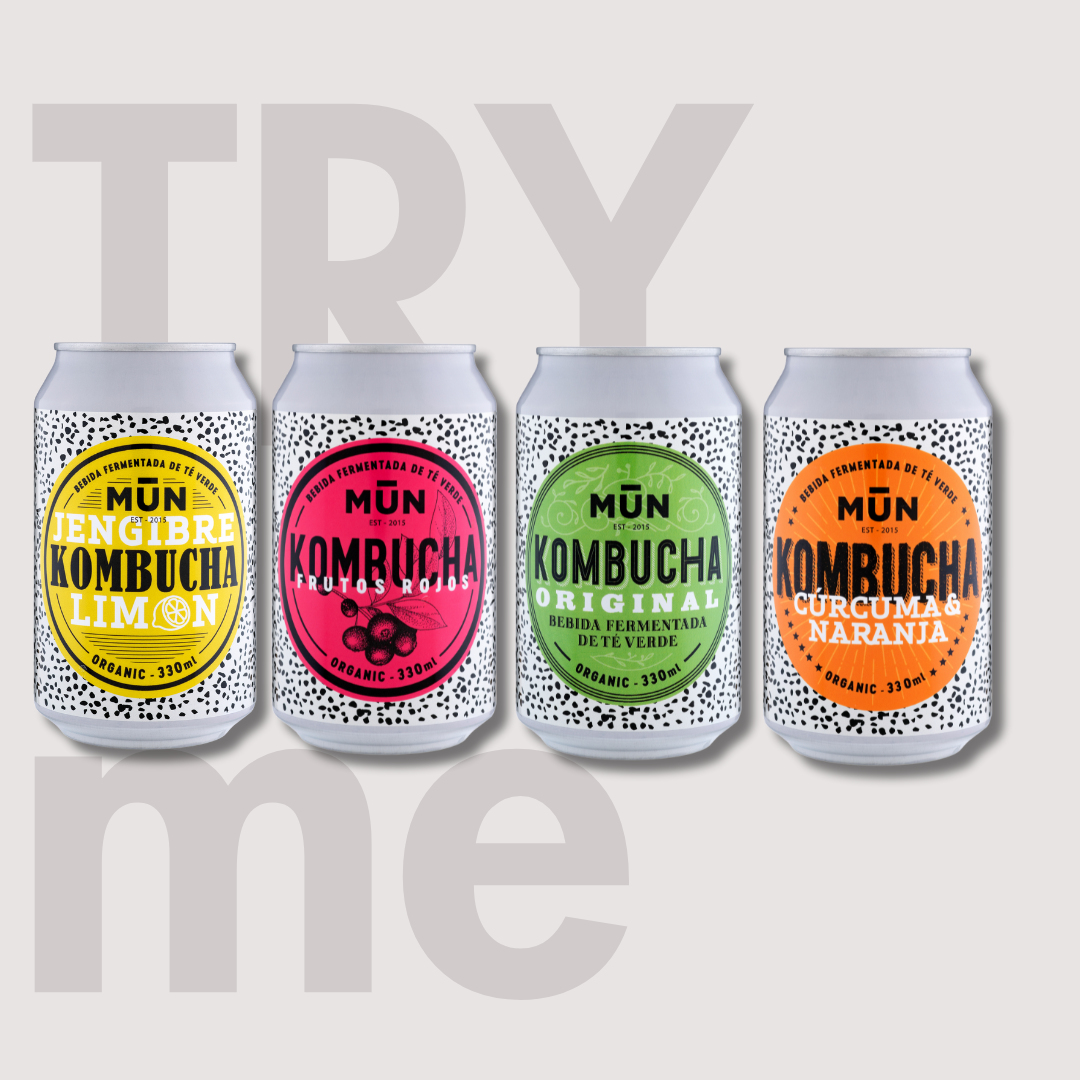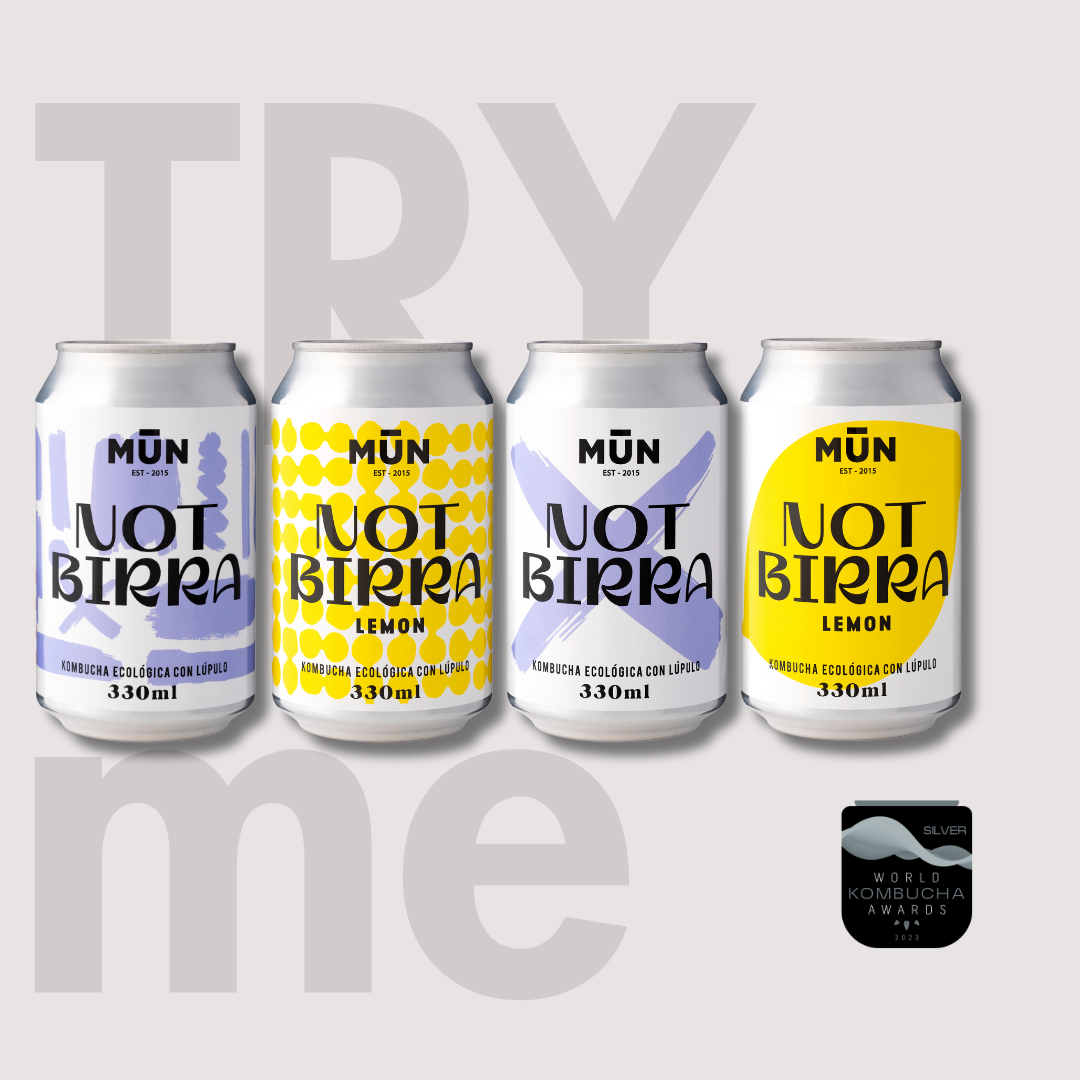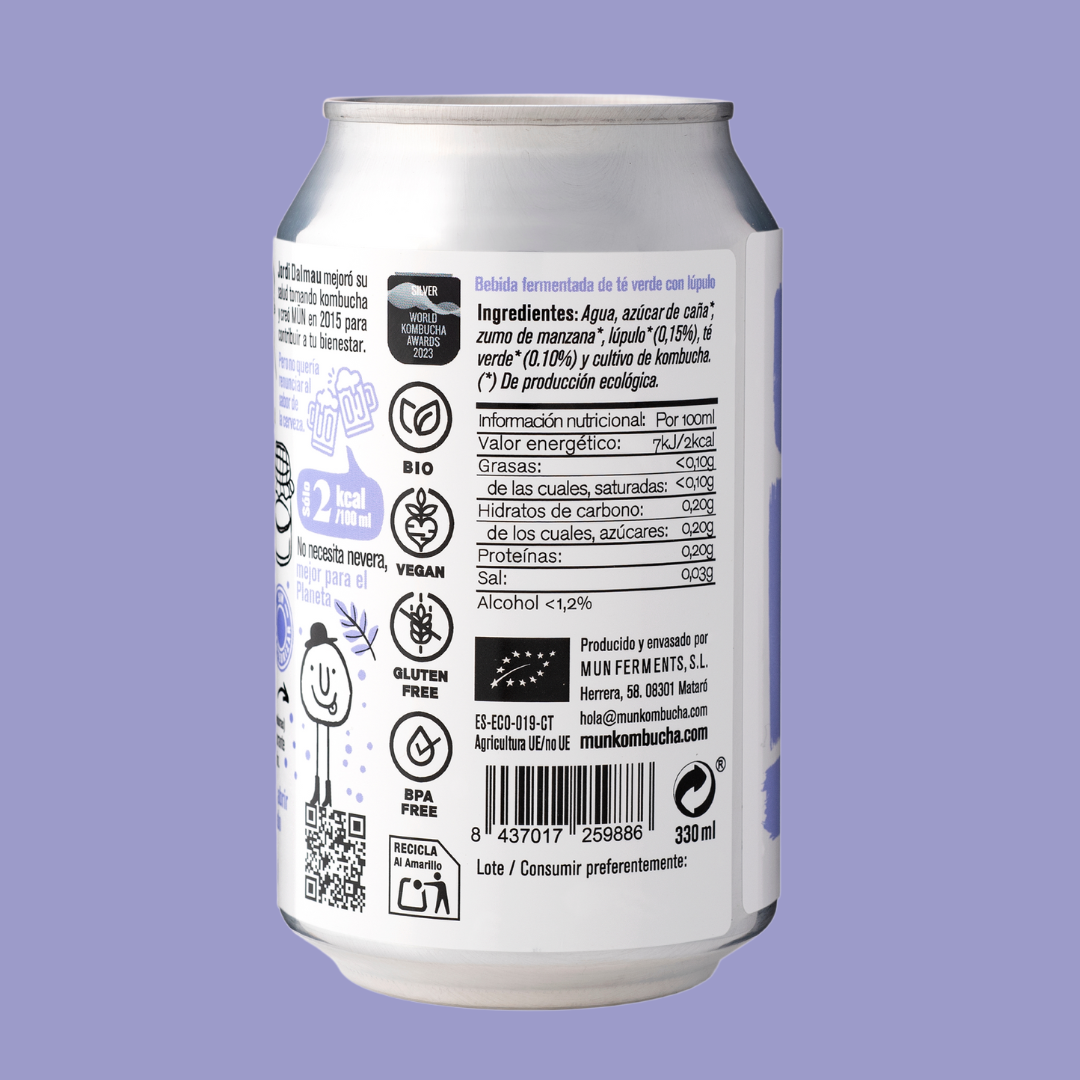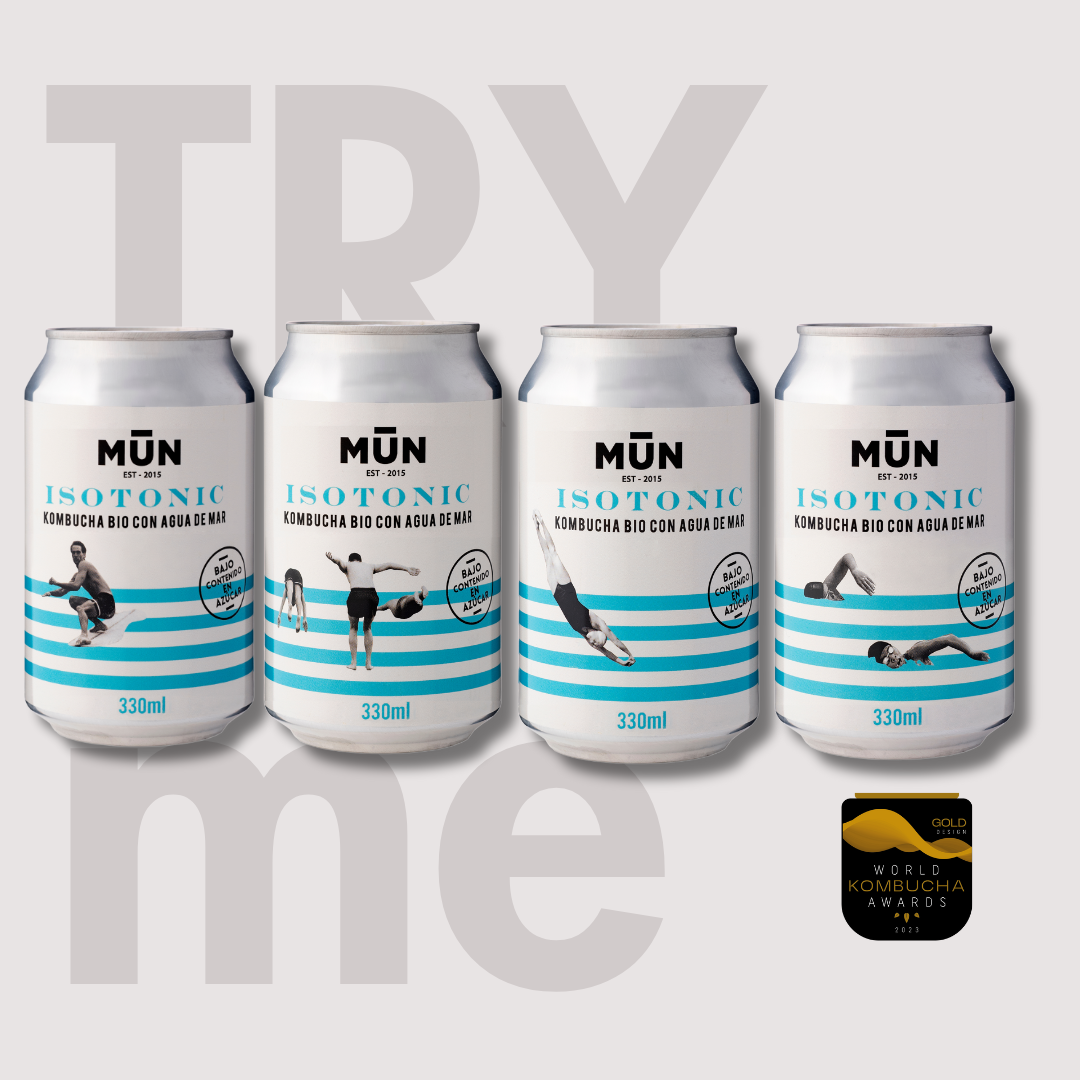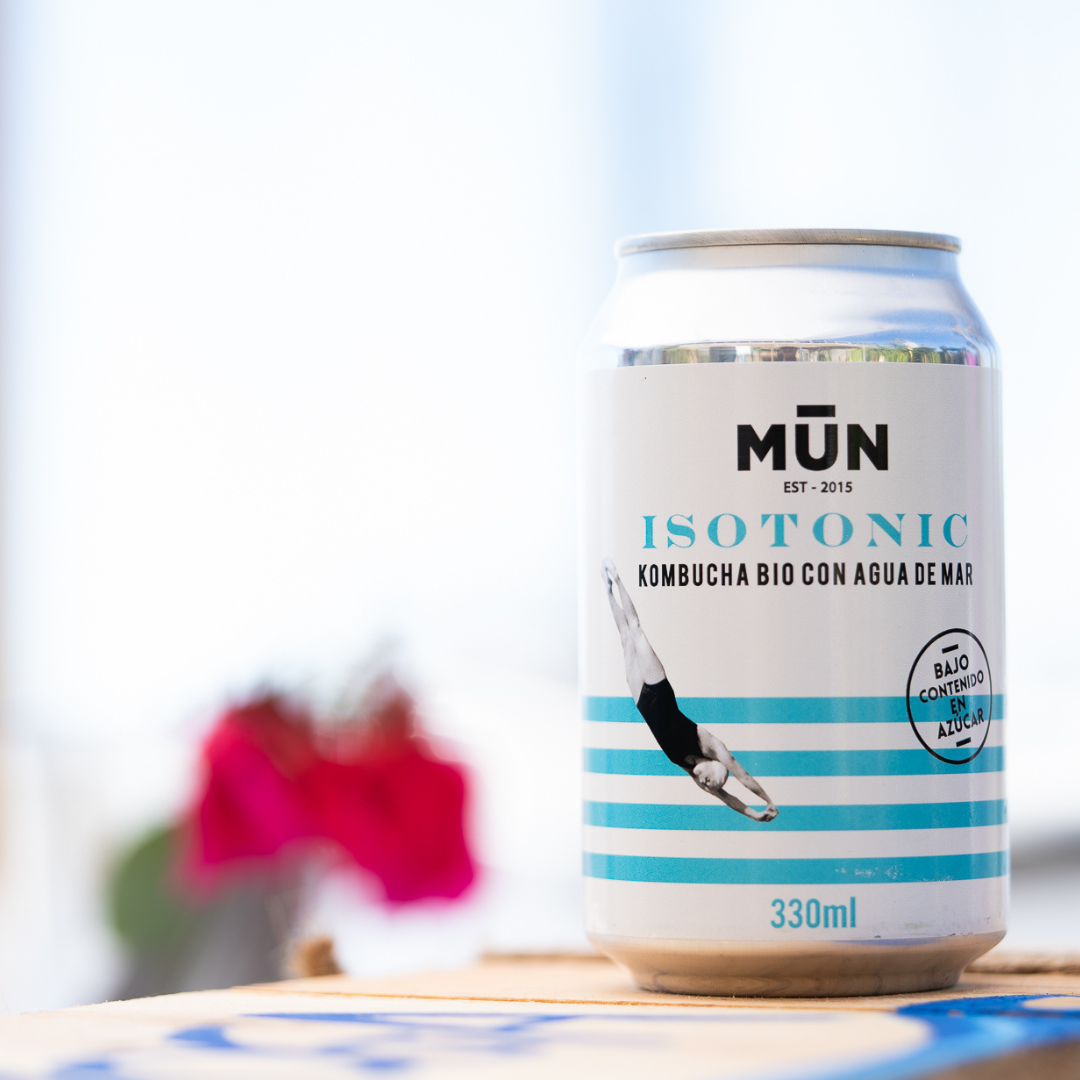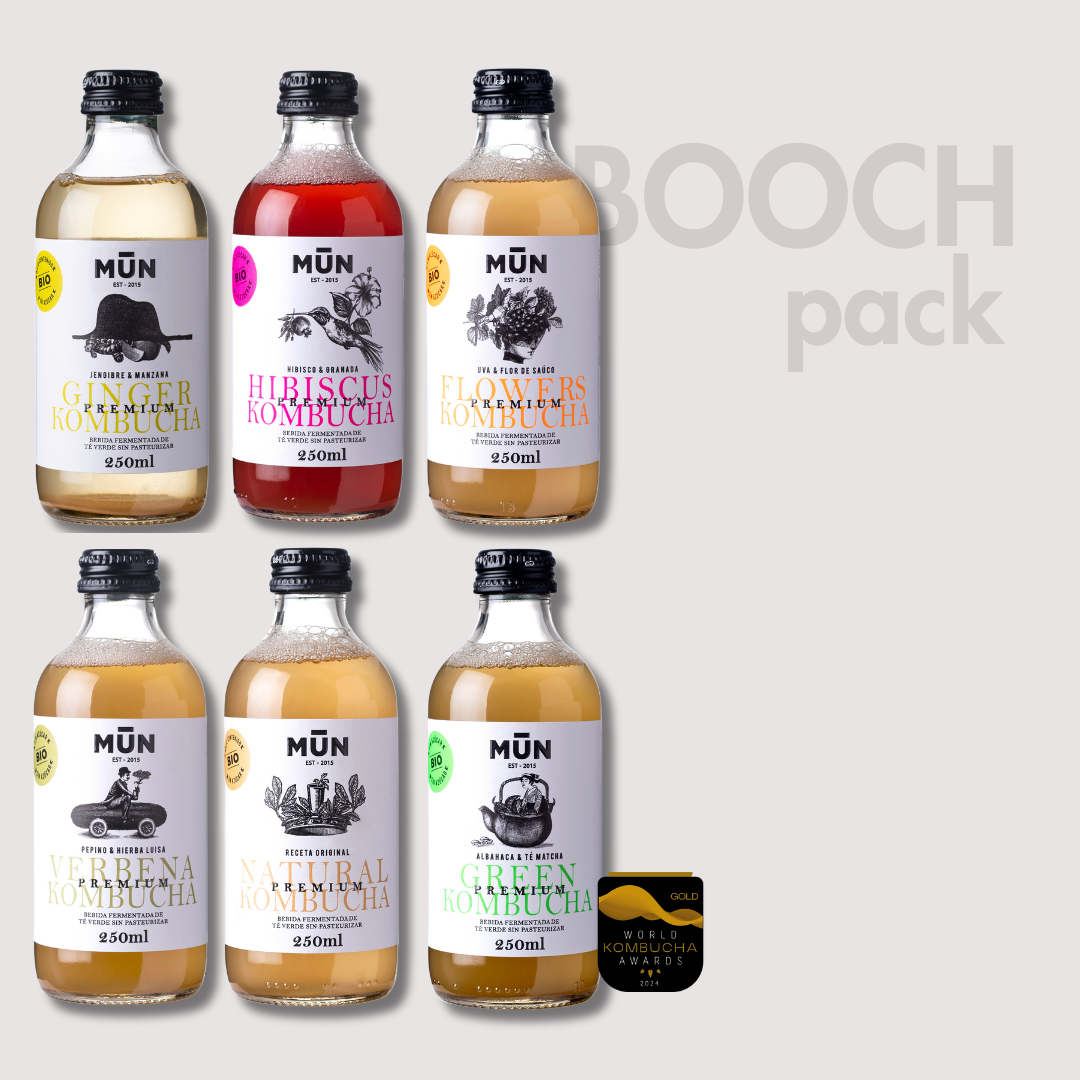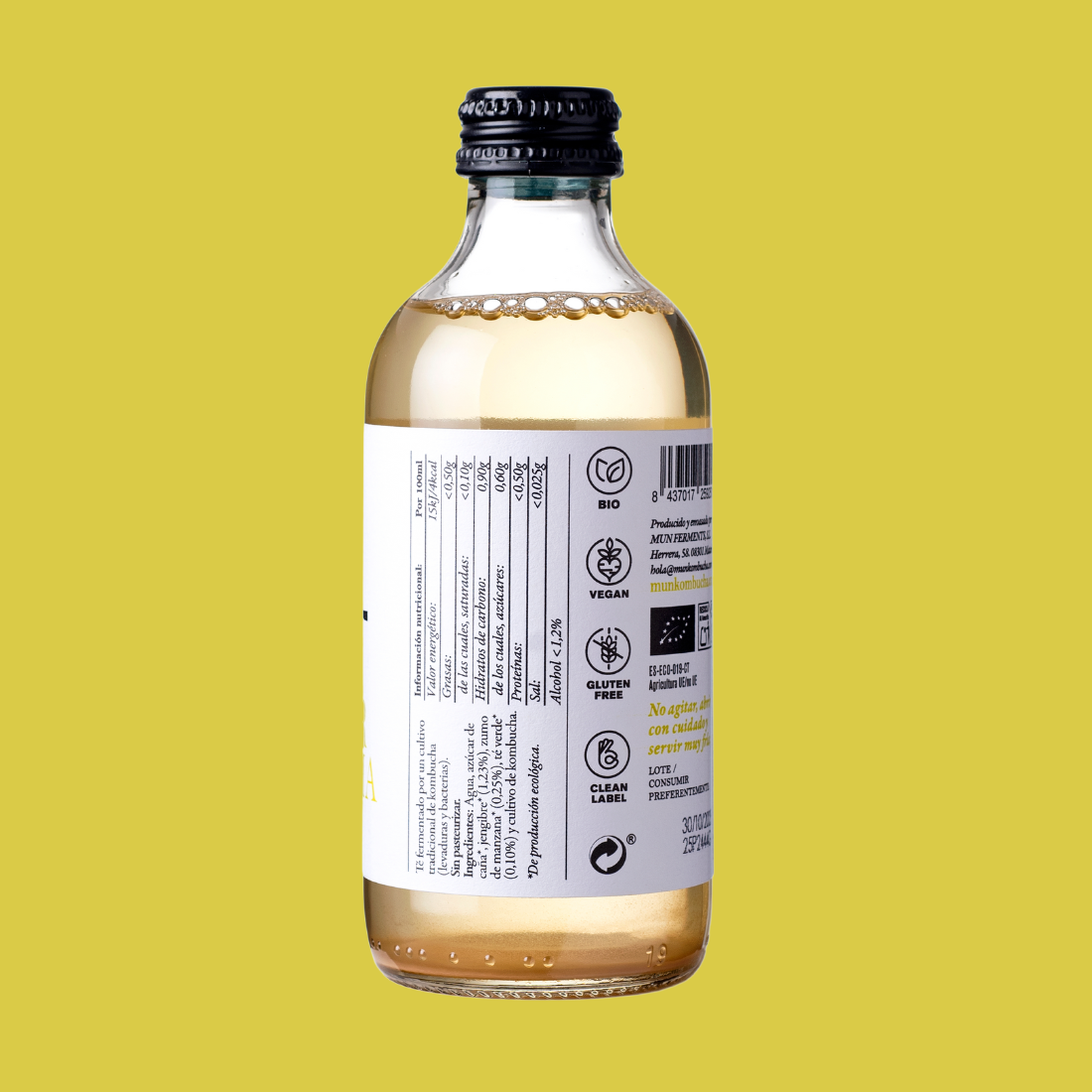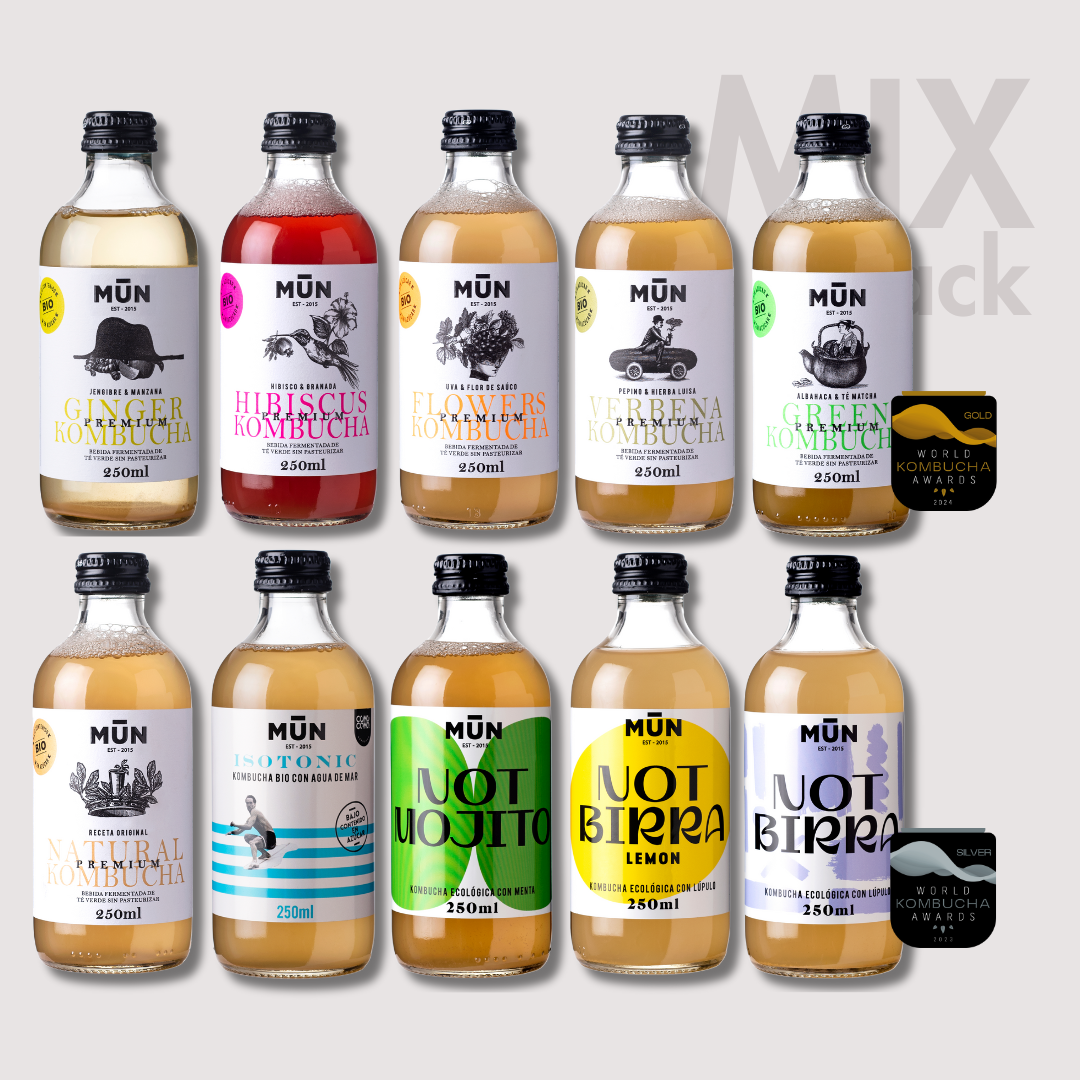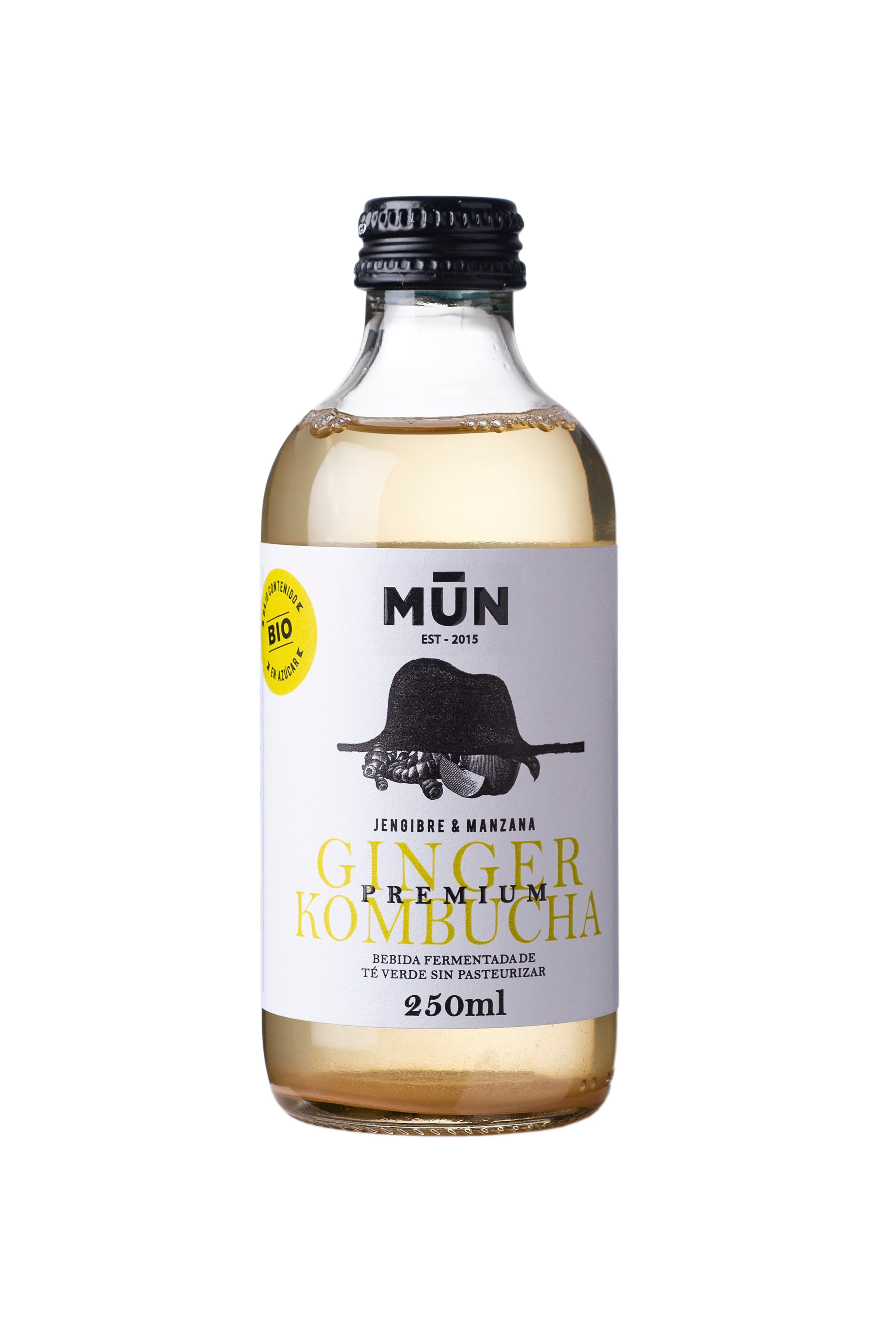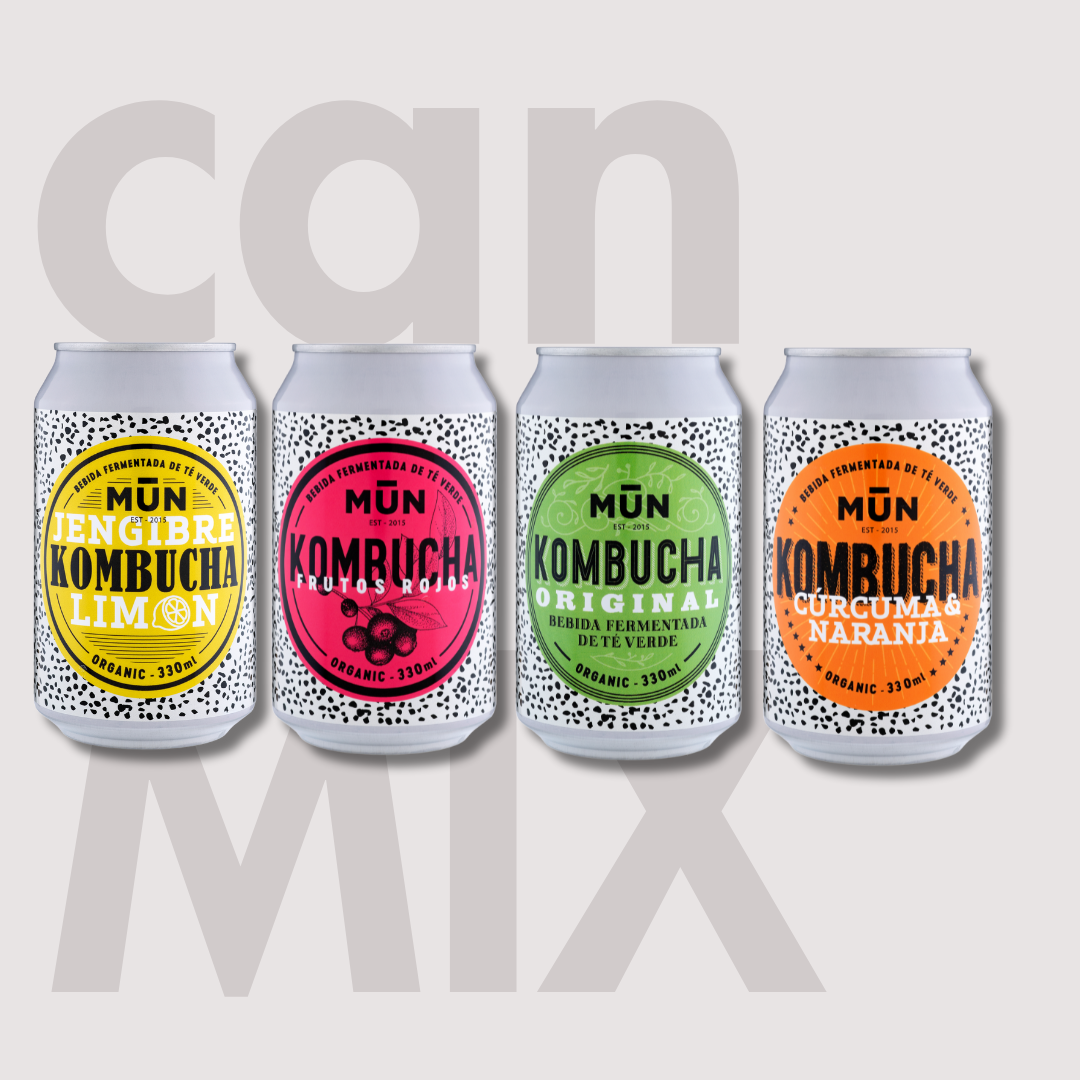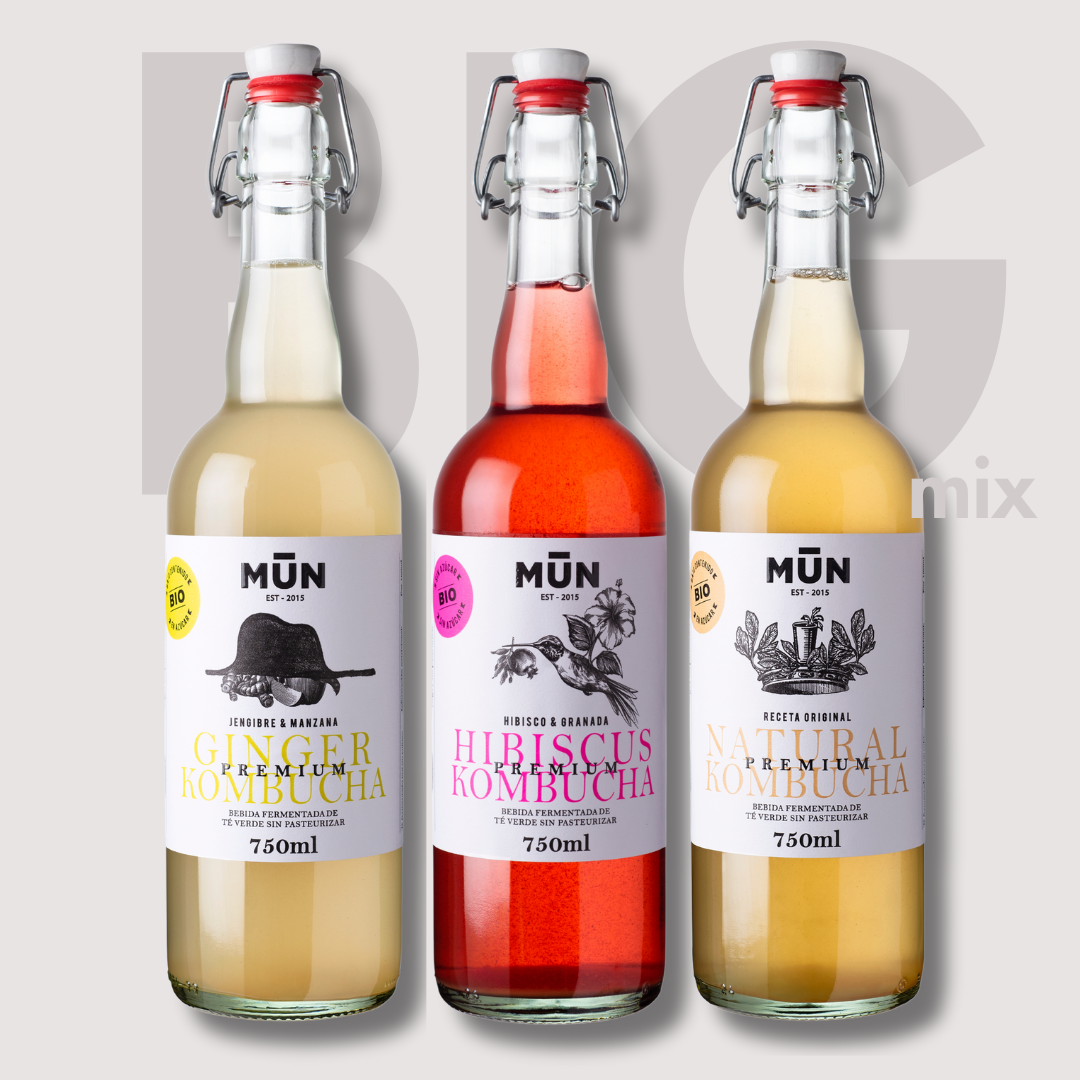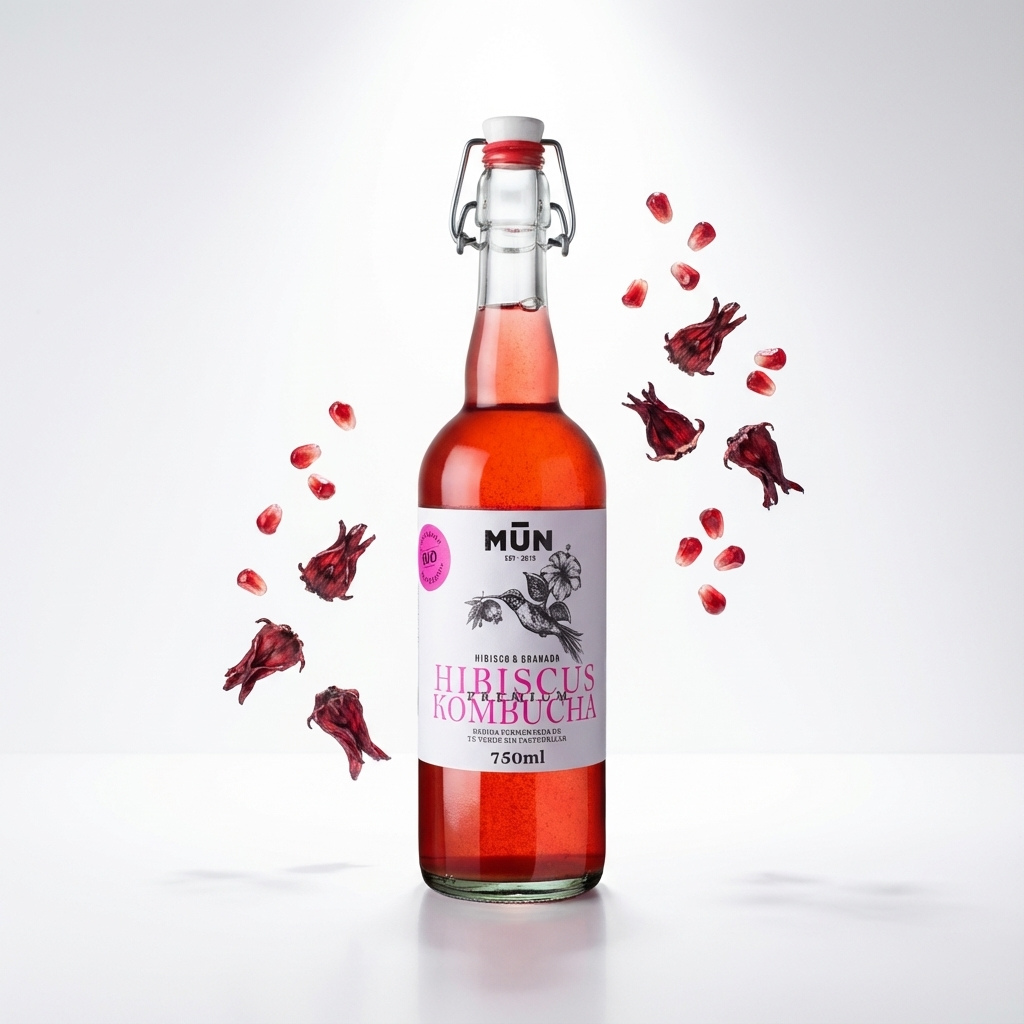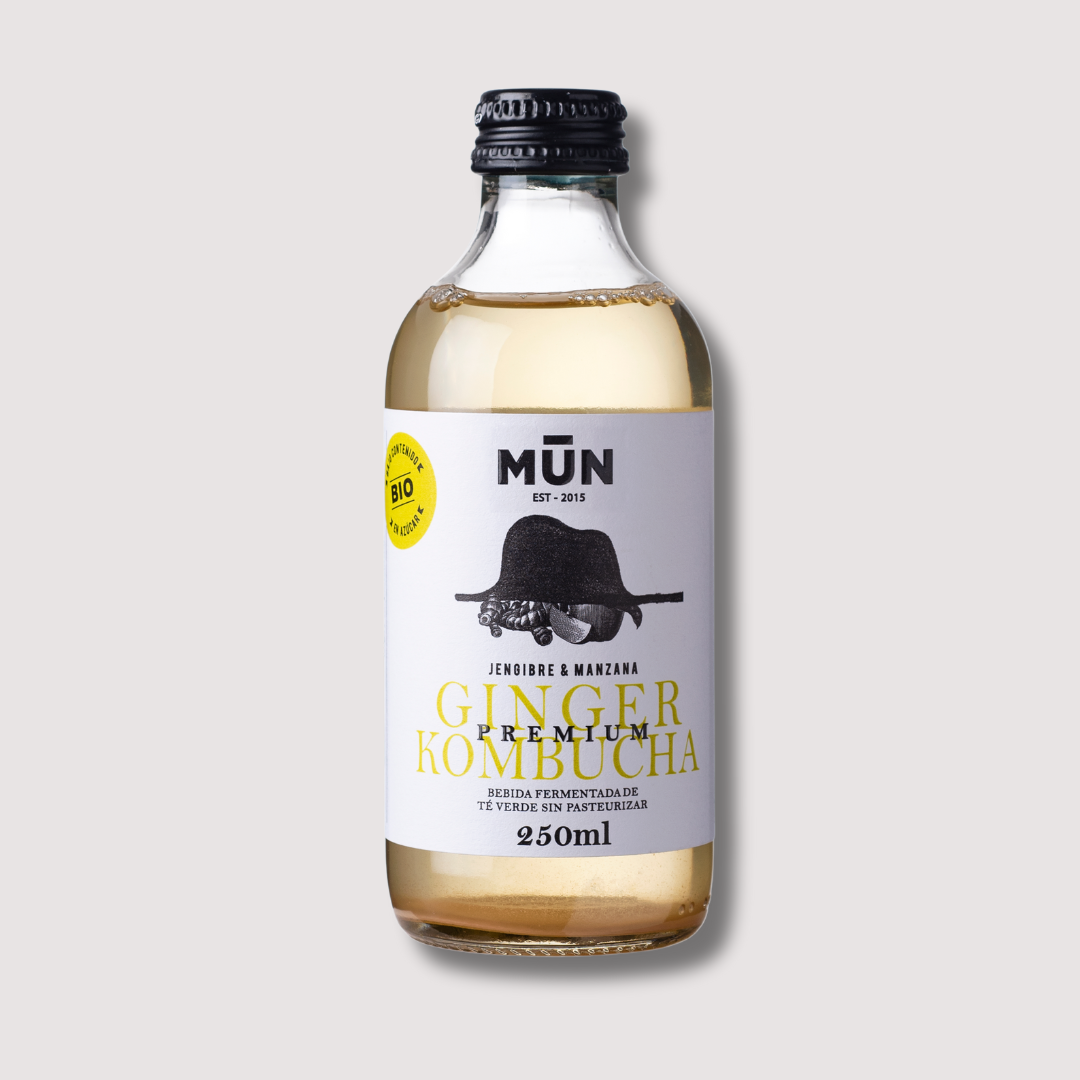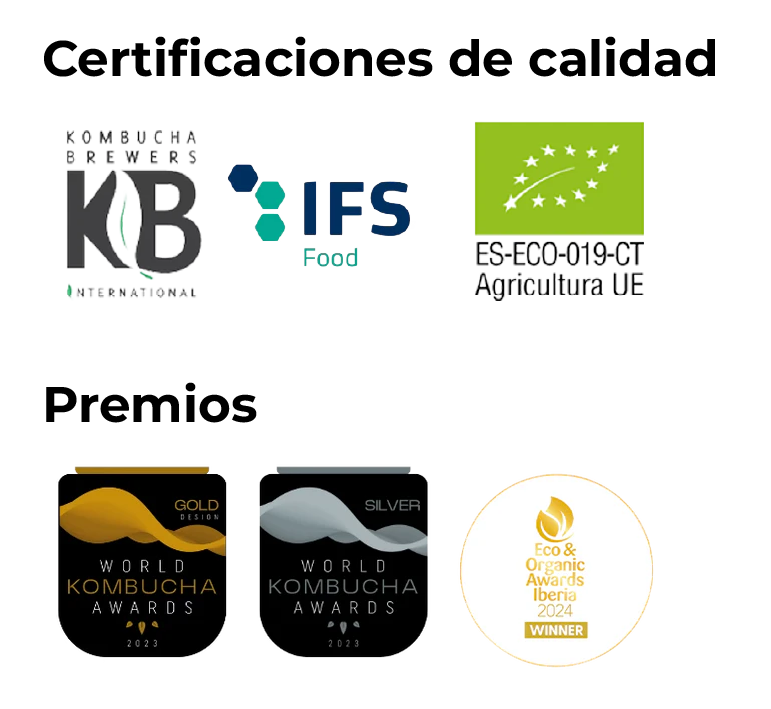Many people would probably gain in quality of life by increasing their intake of probiotics. So says nutrition professor Allan Walker.
PROBIOTIC
It is one of the most buzzwords in the world of health and wellness: probiotic foods, probiotic drinks, supplements, etc. The World Health Organization (WHO) defines probiotics as those live microorganisms that, administered in the right amount, can have numerous health benefits.
WHAT ARE PROBIOTIC FOODS?
Probiotic foods are natural foods that, once fermented, contain yeasts and live bacteria beneficial to our digestive system. Its regular consumption contributes to improving the intestinal microbiota, also known as flora. That is to say, taking probiotics is especially beneficial for the set of live microorganisms that reside in our intestines and that influence our health from many perspectives.
Having a fit microbiota is crucial and must be a goal to achieve. In fact, if our flora is healthy, among other things, our digestion will improve: we will have a better nutrients absorption and a more optimal carbohydrates metabolism. Likewise, we will more efficiently synthesize important vitamins such as K and those of the B complex and we will provide an important reinforcement of the immune system.
BENEFITS OF FERMENTED FOOD
Foods that have been subjected to a fermentation process, that is, fermented foods, have developed healthy microorganisms for the human body known as probiotics. Once we ingest them, they can remain active in our intestines in sufficient quantity to alter our microbiota, being key to such important functions as improving digestion and the bioavailability of nutrients for their better absorption or boosting immune health. In addition, among others, they can also contribute to:
- Lower cholesterol levels
- Combat allergies
- Increase energy by the production of vitamin B12
- Increase respiratory health
- Improve skin
- Help lose weight
- Fight depression
According to a study recently published by Stanford University, the consumption of foods rich in fiber combined with fermented foods has a beneficial influence on the diversity of our intestinal microbiota and also has a positive effect on the reduction of compounds related to inflammatory processes.
"Many people would probably gain in quality of life by increasing their intake of probiotics" This is what nutrition professor Allan Walker says in an article published in the journal of the Harvard Medical School. The publication points out that the good bacteria, present in fermented foods, interact with the intestinal lining to protect the body from harmful invaders. In this way, they help the immune system to function properly, which translates into a better ability to both fight infections and dampen chronic inflammation.
There is an easy way to get probiotics into our lives: through supplements. But we have some very good news that will surely make your day, all these benefits can also be obtained through a good number of probiotic foods that (perhaps without knowing it) you consume regularly.
THIS IS THE LIST OF THE MOST RECOMMENDED NATURAL FERMENTED PROBIOTIC FOODS BY EXPERTS
1/18 Yogurt

It is perhaps the most popular probiotic food. Slightly acidic, it is made from cow, goat or sheep milk, yogurt is a must in your fridge and has been fully established as a source of probiotics in our diet for many years. If you want to take advantage of all its healthy benefits, do not hesitate: look for the origin of the milk of your yogurt to come from grazing cattle and prioritize that it has not been pasteurized, so that its microorganisms and bacteria continue to live.
2/18 Kefir
If you already eat yogurt, we're sure you'll like its cousin. The somewhat quick translation of the Turkish word kefir (keyif) can be translated as "feel good". Can something go wrong? Like yogurt, kefir is also a fermented dairy product, with more bacteria and less lactose than its famous cousin. Its flavor is also more acidic. With strains other than milk, it can also be made from water and flavored with fruits, herbs or spices to obtain a carbonated drink. Both varieties are rich in lactic acid from the Lactobacillus family. Among others, it detoxifies the blood and the liver.
3/18 Kombucha

Originally from Asia, this probiotic food is a tea that has been fermented with the collaboration of a Symbiotic Culture of Bacteria and Yeast, (SCOBY). The result is a drink between sweet and acid with a soft natural bubble. Kombucha is the probiotic drink with the most bacterial diversity. To choose the best kombucha, look for it to have been made following the traditional method, that it contains real ingredients, that it contains hardly any sugar, that it is packaged in glass and that it is unpasteurized, like the one we produce at Mūn Ferments since 2015 in more than 12 delicious varieties. Here we explain how and when to drink kombucha.
4/18 Sauerkraut

It is the ideal fermented product for crunch lovers. It is made fermenting cabbage, to which other vegetables such as carrots, turnips or radishes, and some spices can be added. It has natural bacteria that produce lactic acid, such as Lactobacillus. Ideal to accompany a thousand dishes, from adding a little to your favorite salad to accompanying a protein dish.
5/18 Kimchi
The tasty Korean version of sauerkraut is made by fermenting napa cabbage with salt and fish sauce. This is mixed with spices and spicy foods such as radishes, garlic or ginger and becomes an incredibly surprising culinary proposal loaded with probiotics. Dare to incorporate it as an accompaniment to your favorite dish. There is no limit to the imagination in the kitchen!
6/18 Raw cheese

There are so many varieties of cheese that it would be really difficult to list them all here. Raw is synonymous with live, unpasteurized and with a significant amount of probiotics. Look for, preferably, that the milk with which the cheese is made comes from grazing animals. Goat, sheep or cow cheese -if it is fresh-, raw cheese is particularly rich in probiotics Thermophilus, Bifudus Bulgaricus and Acidophilus.
7/18 Umeboshi
It is one of the most popular pickles in Japan and is obtained by fermenting ume, a Japanese variety of fruit between an apricot and a plum, which is dried, salted and fermented for months. Umeboshi can be found with the whole fruits, in paste form, and even preserved in vinegar. In a good Japanese bento, it is never lacking to accompany the rice. It can also accompany makis and onigiris. Take note: it is ideal to combat hangovers, stimulate digestion, cleanse the liver and protect the nervous system.
8/18 Apple cider vinegar
With a milder flavor than wine, apple cider vinegar helps control blood pressure and lowers cholesterol levels. It also improves insulin sensitivity and helps with weight loss. Clinical studies relate it to an improvement in patients with diabetes. Add it to all your salads and dishes!
9/18 Pickles

Easy to prepare, they are a classic on all tables and a great source of probiotics that everyone likes. Pickles, spring onions, carrots, cauliflower, turnips, radishes… Above all, very important: that they are not pasteurized is crucial, as it is not to be confused with those that are made by adding vinegar because these do not have any probiotics.
10/18 Olives

This great world-famous snack is also a probiotic food! It is very important that the ones you choose are organic and do not contain sodium benzoate, an additive that would reduce their properties. Oh, and search and search until you find them unpasteurized.
11/18 Tempeh
It was born in Indonesia but its consumption has spread throughout the world, especially as a substitute for meat since it is an important source of protein. It is obtained by the fermentation of soybeans, like tofu, but it has more fiber and vitamins than tofu. It can be consumed raw and also admits different types of cooking. So many possibilities, like probiotic benefits.
12/18 Miso

Present in many traditional Japanese recipes, it is made from the fermentation of soybeans, barley or brown rice with koji, a fungus. Its most famous gastronomic version is in soup. In macrobiotic cuisine it is used as a digestive regulator. It also helps regulate blood pressure and benefits the heart, according to some scientific studies. Red, white or black, choose the one you like best and, above all, enjoy!
13/18 Natto
It is a really peculiar food that is very popular in Japan, where its culinary culture is full of probiotic foods. Its elaboration is based on the fermentation of soybeans. With a very special viscous texture, Contains the powerful Bacillus subtilis, which has been shown to strengthen the immune system, support cardiovascular health and improve the digestion of vitamin K2. It also contains nattokinase, an anti-inflammatory enzyme that prevents blood clotting, and is loaded with protein.
14/18 Buttermilk
This fermented product is made with the liquid that is produced when whipping fresh cream and can be used in both sweet recipes and savory creations. It is very popular in India, Nepal and Pakistan, but little by little it has been gaining followers in all the countries of the world. It has little fat and a very characteristic acid taste. Among its benefits: it helps reduce acidity, enhances bone health and is an ally when it comes to losing weight.
15/18 Kvass

Surely you know this drink with a very bright red color and a flavor that is difficult to define. Kvass is very commonly consumed in Eastern Europe. Traditionally, it was made by fermenting rye or barley. More recently, fruits and beets have been incorporated. Its probiotics are from the Lactobacillus family. Among others, it detoxifies blood and liver.
16/18 Microalgae
Spirulina, kombu, chlorella…. Ring a bell? Well, they are loaded with Lactobacillus and Bifidobacteria and, increasingly, they are protagonists in more kitchen dishes. Give a special touch to your homemade broths and salads with microalgae. They are an interesting probiotic bomb.
17/18 Dark chocolate

By itself, dark chocolate does not contain probiotics, sorry for that. The good news is that some research suggests cocoa may have a similar effect to probiotics. It makes it easier for bacteria to survive in the digestive tract, reach the colon and help digest and absorb nutrients.
18/18 Sourdough

In addition to being delicious, bread made from sourdough is also a probiotic food, according to scientific studies. During fermentation, bacteria break down carbohydrates. In addition, although during cooking the microorganisms perish, the result is a food predigested by yeasts and, therefore, more digestible.
Lactobacillus bulgarius
- Lactobacillus reuteri
- Streptococcus thermophilus
- Saccharomyces boulardii
- Bifidobacterium bifidum
- Bacillus subtilis
Fermented foods, in addition to a spectacular flavor that we invite you to discover and practically endless culinary possibilities, contribute a lot to our health. In addition to their contribution in probiotics, they also add organic acids to our diet that contain: lactic, acetic and gluconic. These acids help reduce the intestinal pH and, with this, prevent the growth of pathogenic bacteria that are sensitive to it.
For the microbiota to be in shape, it should ideally be diverse and balanced. Choose to diversify. The formula is very simple: the greater the diversity of probiotic strains, the better your health. Dare to introduce kefir from time to time in your desserts and accompany your starter with sauerkraut and olives. Incorporate kombucha as a drink with your meals, after exercising, or instead of that mid-afternoon coffee.
So, happy variety and good diet. It's never too late to start discovering these probiotic foods and add flavors and textures to your plates and glasses.
2023 update with more probiotic foods
In 2023 we add more probiotic foods to the super useful list of 18 probiotic foods published in 2020 and start with rejuvelac.

